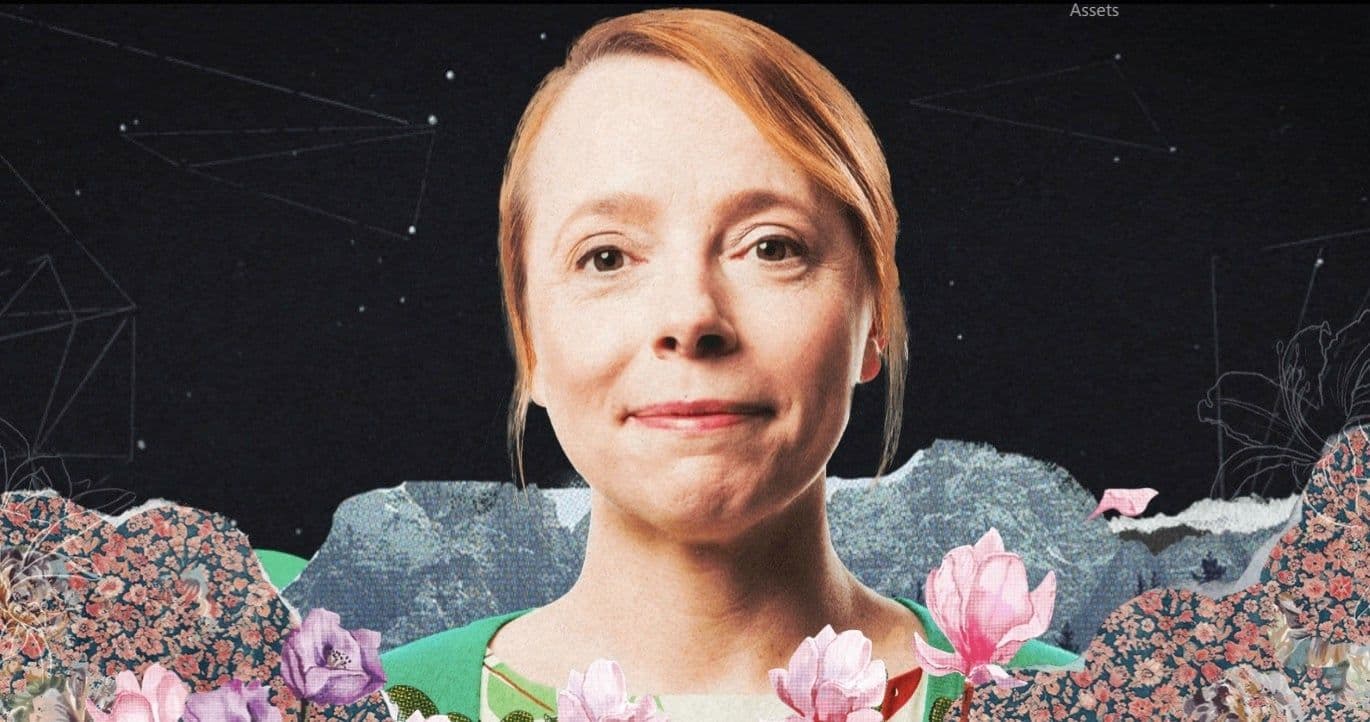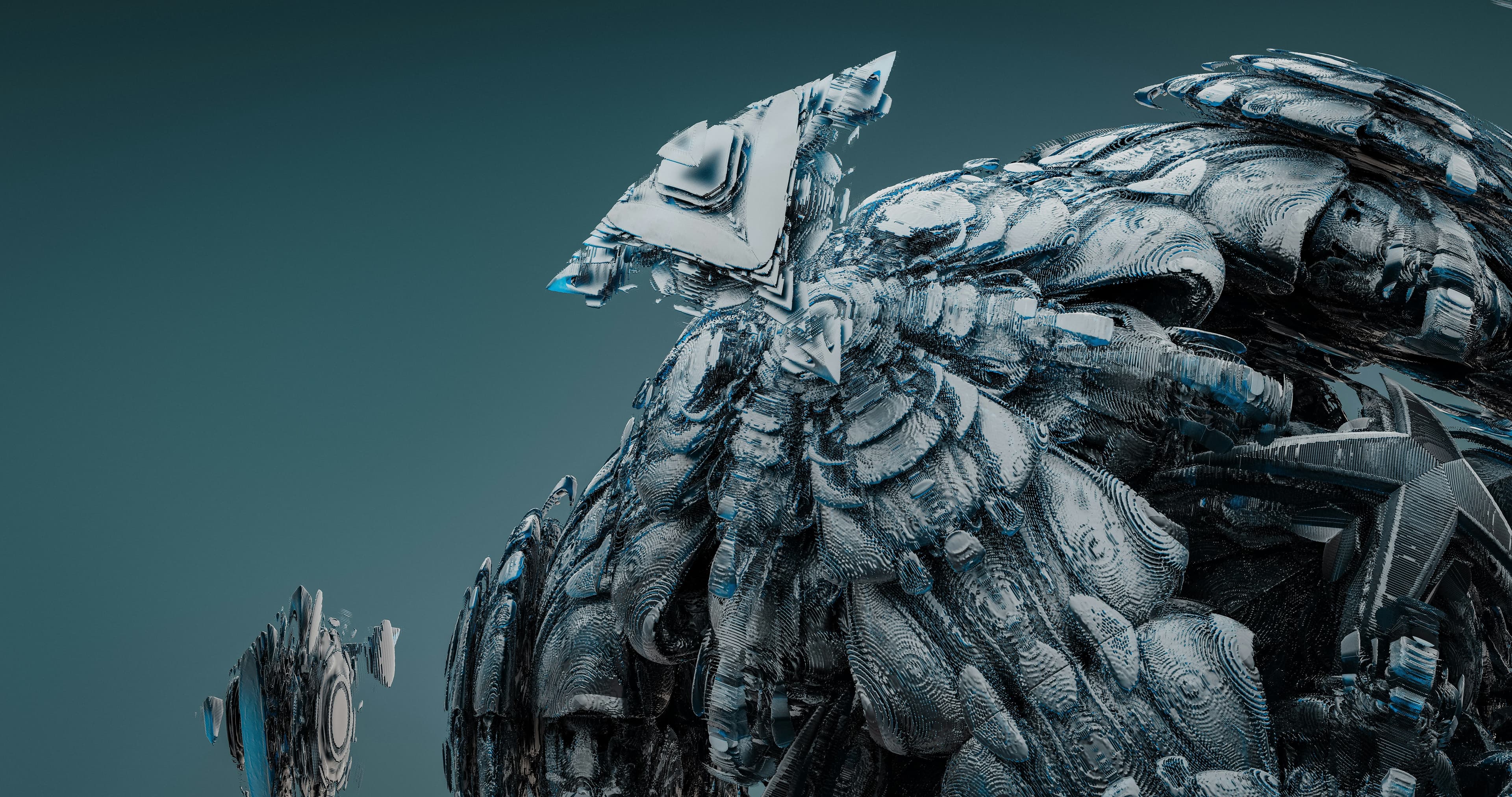Wearable design today sits at the intersection of intimacy and technology. Whether it’s a smartwatch on your wrist or smart textiles on your body, these products merge hardware, fashion, and lifestyle in unprecedented ways. As ecological limits press on design decisions, wearables have become a proving ground for climate-conscious materials, circular (“post-linear”) design strategies, and experience-driven innovation.
The following 20 designers are redefining how wearable objects are conceived and crafted, balancing function and comfort with material imagination for the future. They lead studio practices spanning smart devices, AR/VR gear, fashion-tech, audio wearables, health and fitness tech. Each innovator explores CMF (Color, Material, Finish) and tactile storytelling, often integrating low-impact or experimental materials and cross-disciplinary methods. They also maintain a presence in the public sphere: through exhibitions, talks, awards, or active social outreach – signaling their influence on both body and planet.
1. Ivy Ross, VP of Hardware Design, Google (USA)
Ivy Ross is Vice President of Hardware Design at Google, where she leads the creative direction of the company’s consumer devices. A former jewelry designer with works in the permanent collections of over a dozen international museums, Ross brings a tactile and human-centred sensibility to technology.
Her team has defined Google’s hardware aesthetic through the use of custom fabrics, rounded forms, and subtle colours across devices like the Google Home Mini and the Pixel product family. This approach softens technology’s presence, making products approachable, optimistic, and seamlessly integrated into daily life.
Ross previously headed Google Glass at Google X, and before joining Google she held design leadership roles at Calvin Klein, Mattel, Coach, Disney, Gap, and Art.com.
- Recognition: Ranked #9 on Fast Company’s “Most Creative People in Business” (2019). She has also curated design installations at Milan Design Week, including Softwear and A Space for Being, which explored sensory and emotional dimensions of product design.
- Material / CMF Contribution: Introduced textiles and tactile palettes into consumer electronics, pioneering a “softer” design language that blends technology into the home.
What Tocco loves: Designs technology that feels human, weaving fabrics and subtle palettes into devices so they blend effortlessly into daily life.

2. Ryan Mario Yasin, Founder, Petit Pli (London, UK)
Ryan Mario Yasin is an aeronautical engineer and designer, and the founder of Petit Pli, a London-based material innovation company launched in 2017. Inspired by his nephew quickly outgrowing new clothes, Yasin applied his background in deployable satellite structures and auxetic folding to create garments that expand through seven sizes, fitting children from around 9 months to 4 years.
Key Projects: Petit Pli’s expandable children’s garments; the Adultwear line, which applies the same pleated textile technology to outerwear.
Material / CMF Approach: Garments made from 100% recycled polyester, engineered as ultra-lightweight, waterproof, and durable pleated textiles. This structure extends lifespan, reducing waste across manufacturing, transport, and use.
Recognition:
- James Dyson Award (UK winner, 2017)
- Dezeen Award for Best Wearable Design (2018)
- H&M Foundation Global Change Award (2019)
- Forbes 30 Under 30 Europe (Retail & E-commerce, 2020)
- Exhibited at the **Young V&A (London)
What Tocco loves: Turns aerospace principles into everyday wear — pleated garments that grow with children, extending use and cutting waste with elegance and precision.
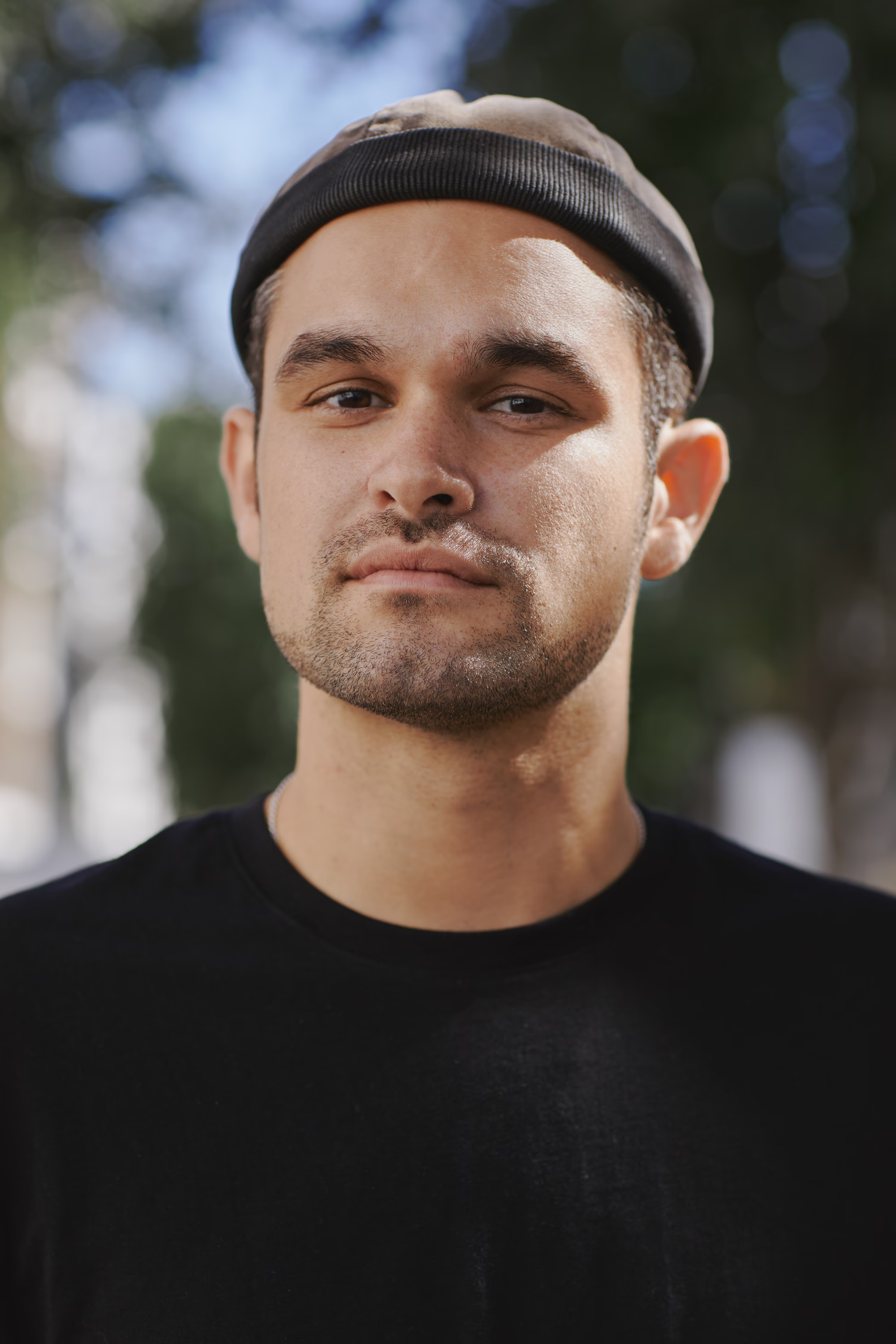
3. Pauline van Dongen, Founder, Pauline van Dongen Studio (Arnhem, Netherlands)
Pauline van Dongen is a Dutch fashion-tech designer whose studio explores the intersection of textiles, technology and the human body. Since 2010, she has pioneered garments that integrate solar cells, sensors, and responsive textiles, aiming to make technology feel like a natural extension of clothing.
Key Projects:
- Wearable Solar (2013) — dress and coat integrating solar panels to charge devices.
- Issho Jacket — a denim garment that offers a gentle “embrace,” using subtle haptic feedback to encourage mindfulness and presence.
- Phototrope — a running shirt with integrated LEDs, designed for safety and visibility at night.
- Solar Windbreaker — lightweight jacket embedding flexible solar cells to generate energy on the move.
Material / CMF Approach: Works with solar textiles, e-textiles, and emerging fabrication methods such as 3D printing. She often combines soft, comfortable fabrics like denim and knits with thin-film electronics, framing technology as part of the sensorial and social experience of daily life rather than as a purely functional add-on.
Recognition:
- James Dyson Award finalist (2013, Netherlands) for early solar garment concepts.
- MIT Innovators Under 35 Europe (2017).
- Named in Forbes Top 50 Women in Tech (2018).
- Ph.D. in smart clothing design (2019, Eindhoven University of Technology).
- Work presented at TEDx events and at Dutch Design Week.
- Exhibited internationally, including the Victoria and Albert Museum (London) in The Future Starts Here (2018).
What Tocco loves: Transforms clothing into responsive companions, from solar-powered jackets to garments that “hug,” blending comfort, emotion and energy into the fabric itself.

4. Billie Whitehouse, CEO & Creative Director, Wearable X (New York, USA)
Billie Whitehouse is the CEO, Designer and Founder of Wearable X, a fashion-tech company headquartered in New York. Originally founded in Sydney in 2013 as Wearable Experiments, the company rebranded to Wearable X to reflect its focus on blending design and technology to improve quality of life.
Key Projects:
- Nadi X — yoga leggings and tops with embedded sensors and haptic motors that guide users through poses.
- Alert Shirt — a sports fan jersey that lets wearers feel the impact of live games, winner of the Clio Sports Award (2014).
- Fundawear — created in collaboration with Durex and Havas, this project used haptic underwear to connect long-distance couples.
- Navigate Jacket — a wayfinding garment using LED lights and haptic feedback for city navigation.
Material / CMF Approach: Wearable X products combine stretch fabrics and breathable knits with discreet electronics. The design philosophy prioritises comfort and style, concealing haptic feedback modules within seams so that the technology remains fashionable and unobtrusive.
Recognition:
- Named one of Fast Company’s Most Creative People in Business (2016).
- Recipient of a Design Technology Award.
Speaker at major forums including SXSW and CES on the future of wearable technology.
What Tocco loves: Believes our bodies can become the interface, designing garments that communicate through the universal language of touch.

5. Francesca Rosella, Co-founder & Chief Creative Officer, CuteCircuit (London, UK)
Francesca Rosella is the Co-founder and Chief Creative Officer of CuteCircuit, the London-based fashion house that pioneered wearable technology. Founded in 2004, CuteCircuit is recognised as one of the world’s first wearable tech couture labels. Before launching the brand, Rosella designed at Valentino, bringing high-fashion craftsmanship into her later fusion of textiles and technology.
Key Projects:
- Galaxy Dress — the world’s largest LED dress, now part of permanent museum collections.
- Hug Shirt — a haptic shirt transmitting touch over distance, named one of TIME’s Best Inventions (2006).
- Twitter Dress — an LED gown that displayed live tweets on the runway.
- SoundShirt — a multi-award-winning haptic shirt enabling deaf users to feel music through touch.
Material / CMF Approach: Rosella works with custom e-textiles, soft circuits, and conductive fibres, creating lightweight and flexible garments where technology moves with the body. Her innovations include stretchable circuits and luminous fabrics, producing bold, futuristic aesthetics, from flowing gowns studded with thousands of micro-LEDs to everyday wearables that translate sound and touch into sensation.
Recognition:
- Holder of numerous patents in e-textile design.
- Awards including Fast Company Innovation by Design (for the SoundShirt) and the UNESCO Netexplo Award.
- Outfits worn by global celebrities, including Katy Perry’s LED gown at the Met Gala.
- Exhibited internationally at the Barbican (London), Museum of Science & Industry (Chicago), Museum at FIT (New York), and the Victoria & Albert Museum (London).
What Tocco loves: Turns garments into living light shows and haptic storytellers, proving fashion can be both beautiful and deeply communicative.

6. Gadi Amit, President, NewDealDesign (San Francisco, USA)
Gadi Amit is an Israeli-born industrial designer and the President of NewDealDesign, a San Francisco–based studio recognised for shaping some of the most widely used consumer wearables. He is known for championing “humanistic technology” — simple, friendly forms that fit naturally into daily life.
Key Projects:
- Fitbit — NewDealDesign created the original clip-on Fitbit tracker (2008), setting a template for fitness wearables. The studio went on to design subsequent Fitbit models, defining the category’s look and feel.
- Sproutling — a baby monitor wearable designed as a soft, friendly ankle band.
- Lytro Camera — the first consumer light-field camera, introducing new interaction with photography.
- Project Ara — Google’s experimental modular smartphone.
Material / CMF Approach: Amit emphasises wearability and comfort through soft-touch plastics, skin-safe materials, and lightweight forms. His philosophy focuses on keeping technology approachable, blending user-centred design with technical innovation so that devices feel more like everyday objects than gadgets.
Recognition:
- Profiled in Wired as a leading voice on wearable design and its cultural impact.
- Recipient of multiple international design awards through NewDealDesign’s projects (e.g. Consumer Electronics Association recognition).
- Frequent speaker and commentator on the future of wearables, stressing that design should “make us more human” by fitting seamlessly into life.
What Tocco loves: Designs wearables that disappear until needed, unobtrusive, human-focused tools that quietly augment daily life.
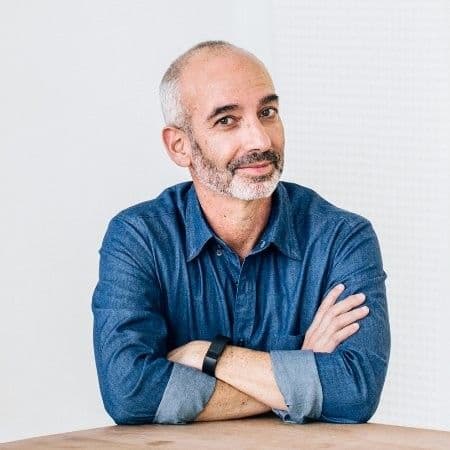
7. Yves Béhar, Founder, fuseproject (San Francisco, USA)
Yves Béhar is a Swiss-American industrial designer and the visionary founder of fuseproject, a San Francisco–based design and innovation studio. He also served as Chief Creative Officer of Jawbone from 2003 to 2017 and is widely regarded for bringing a minimalist, emotionally intuitive approach to technological products.
Key Projects:
- Jawbone UP — the sleek, display-free fitness wristband (2011) that helped redefine wearable tracking devices.
- Era Bluetooth headsets for Jawbone.
- August Smart Lock — co-founded smart home security brand (August Home).
- Ori Living — modular, robotic furniture enabling adaptable living environments.
Material / CMF Approach: Béhar champions elegant simplicity and human-centered design — favoring smooth silhouettes, soft-touch and premium materials that make technology feel approachable. Sustainability is integral to his design ethos, prioritizing positive environmental and social impact in every product.
Recognition:
- Recipient of major design awards, including IDSA IDEA Awards, Index, and Designer of the Year honors.
- Named among Time magazine’s “Top 25 Visionaries” (2007).
- Recognized with design world accolades like the Design Visionary Award (Design Miami).
- Work featured in the collections of MoMA (New York), SFMoMA, Centre Pompidou, and Art Institute of Chicago.
What Tocco loves: Brings a soulful touch to tech, proving that even circuits and sensors can weave into our lives with beauty, care, and social purpose.

8. Benjamin Hubert, Founder & Creative Director, LAYER (London, UK)
Benjamin Hubert is the Founder and Creative Director of LAYER, a London-based design agency working at the intersection of industrial design, digital, and brand experience. His studio is known for a holistic approach to wearables, considering not just the device but also the interface, brand, and user journey.
Key Projects:
- PLAYR Smart Football Tracker — developed with Catapult, combining a high-performance textile vest, a compact smartpod, and a companion app to deliver pro-level analytics to amateur players. The pod is described as“simple and unobtrusive”, slipping into the vest and using subtle LED signals to reveal its high-tech core.
- TROVE Wearable Wallet — a prototype system of contactless payment and cryptocurrency wallets designed as stylish wristbands and keychains.
- Unison VR Headset — a concept headset exploring more comfortable, human-centred approaches to virtual reality.
Material / CMF Approach: Hubert’s wearable projects embrace advanced textiles, technical finishes, and clean, minimal forms. For PLAYR, the vest is woven from high-performance fabrics, while the pod integrates discreet LED lighting that communicates functionality without compromising simplicity. Across projects, the emphasis is on functional materials that also communicate approachability and ease of use.
Recognition:
- Red Dot Design Award (2017) for the Pair™ chair system.
- Red Dot Design Award (2023) for Calma outdoor furniture.
- Wallpaper Design Award (2024) for Earth Rated x LAYER.
- Frequent speaker and commentator on the future of design, advocating integration of industrial design and user experience.
What Tocco loves: Designs wearable ecosystems, harmonising hardware, software, and brand touchpoints so the user experience feels seamless and empowering.
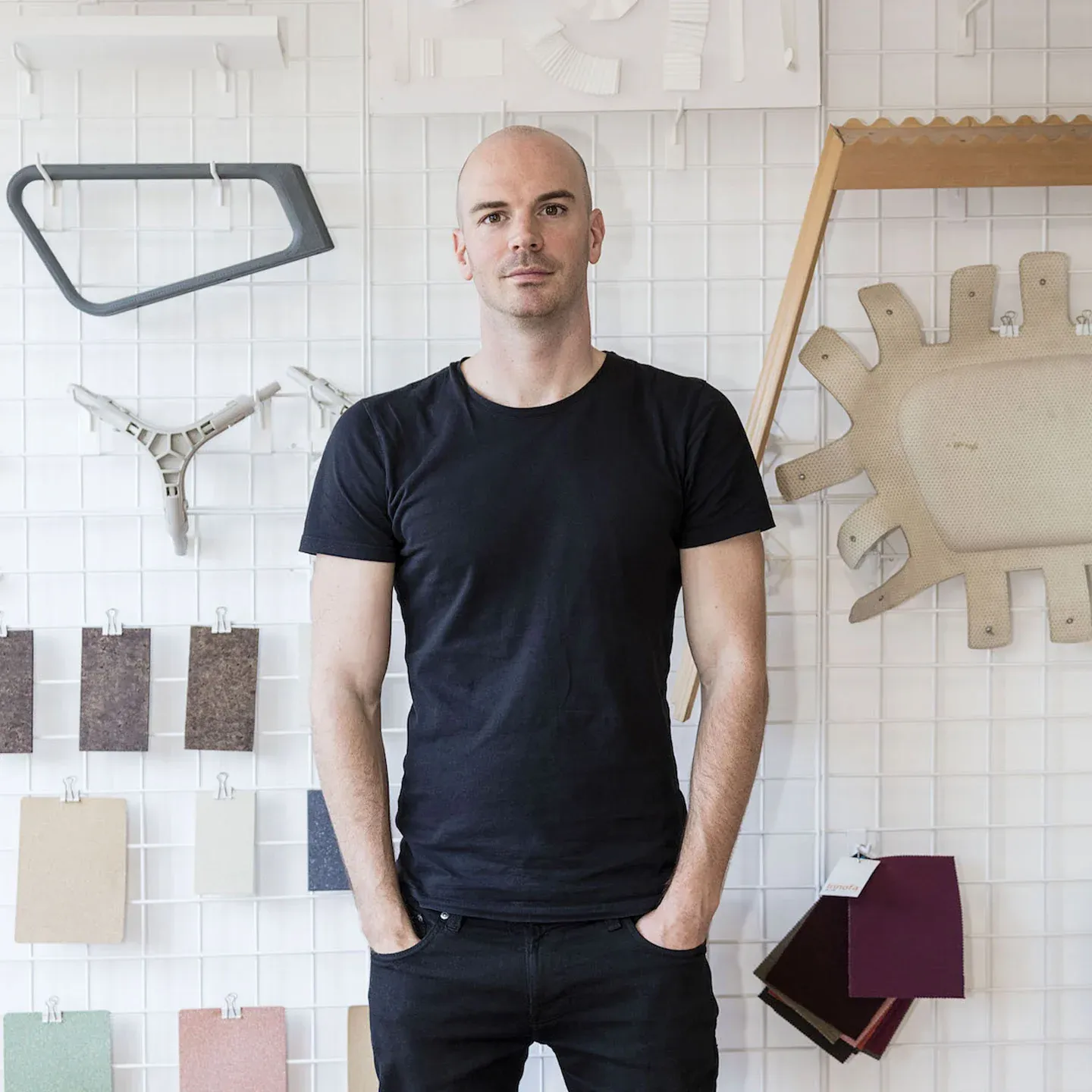
9. Peter Bristol, Head of Industrial Design, Meta Reality Lab (Seattle, USA)
Peter Bristol oversees Industrial Design at Meta Reality Labs, guiding the design of Oculus VR headsets, Portal smart video devices, and AR hardware. He began his career at consulting firm Carbon Design Group before moving into full-time hardware design leadership for Oculus post-acquisition.
Key Projects:
- Oculus Rift & Quest — Bristol’s team played a pivotal role in transforming early prototypes into consumer-ready VR headsets, modeling them after ski goggles to prioritize comfort and familiarity. Their exhaustive prototyping process led to lighter, more ergonomic, and more approachable designs.
- Meta Portal devices, contributing to their industrial design, and involvement in preliminary AR projects under Meta Reality Labs.
Material / Design Philosophy: His design ethos centers on human comfort and elegant simplicity—drawing from physical references such as ski goggles to create tech that feels intuitive and wearable. His team favors iterative prototyping to uncover the most refined design solution for each challenge.
Recognition: Bristol is featured in in-depth design discussions and retrospectives (e.g., Fast Company) about making VR viable for mainstream audiences, highlighting his leadership in ergonomic tech design.
What Tocco loves: Makes cyborg gear cozy, designing tech that transports us to other worlds while feeling grounded on our real bodies.
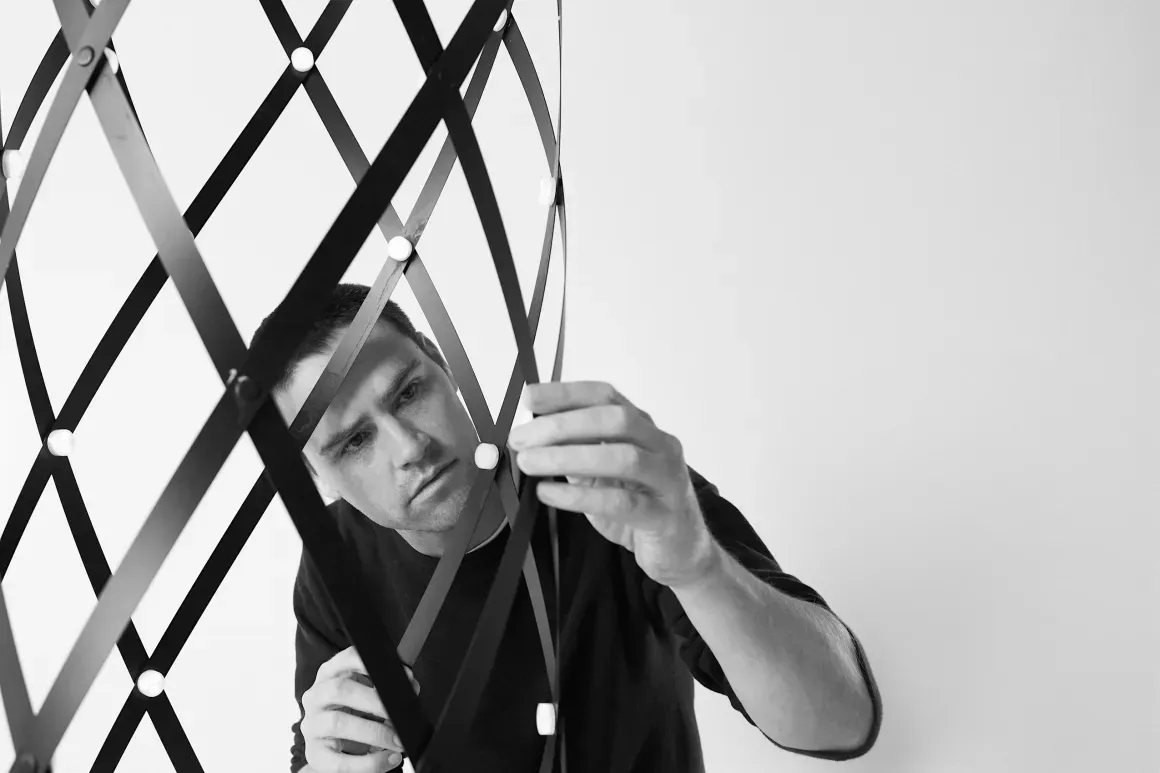
10. Cindy Hsin-Liu Kao, Founder, Hybrid Body Lab; Associate Professor, Cornell University (Ithaca, USA / Taiwan)
Cindy Hsin-Liu Kao is an engineer, designer, and researcher known for pioneering epidermal interfaces — electronic wearables applied directly to the skin. An alumna of the MIT Media Lab, she co-created DuoSkin in collaboration with Microsoft Research: gold-leaf temporary tattoos that function as touchpads, displays, or wireless communication interfaces.
Now leading the Hybrid Body Lab at Cornell University, Kao integrates computer science, design, and cultural studies to explore how on-skin technology can express personal identity. Her projects range from interactive tattoos that look like jewelry to culturally inspired, decorative skin wearables designed to empower self-expression as much as function.
Key Projects:
- DuoSkin — temporary electronic tattoos using gold leaf, created with Microsoft Research.
- Hybrid Body Lab portfolio — culturally grounded on-skin interfaces that explore wearables as a medium of identity and expression.
Material / CMF Approach: Kao works with gold leaf and metallic foils to produce circuits that are flexible, skin-conforming, and visually striking. By borrowing motifs from traditional adornment practices, she reframes on-skin electronics as both technology and ornament.
Recognition:
- Recipient of the NSF CAREER Award (2021).
- Finalist for Fast Company’s Innovation by Design Awards.
- Work nominated at Ars Electronica STARTS Prize.
- Exhibited internationally, including at the Museum of Fine Arts, Boston, Centre Pompidou (Paris), and Museum of Pop Culture (Seattle).
What Tocco loves: Treats skin as canvas, electronics as art, empowering people to wear computing power as expressive, personal body adornment.
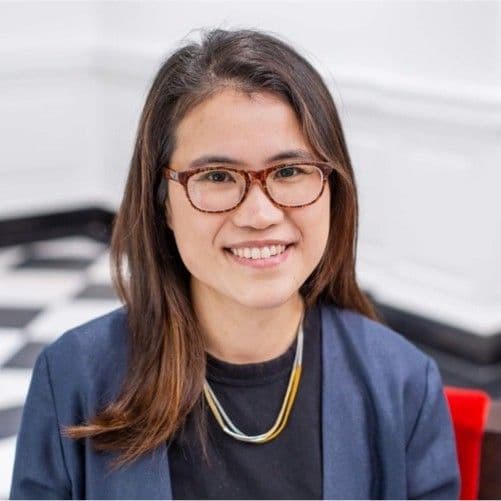
11. Afshin Mehin, Founder, Card79 (San Francisco, USA / Canada)
Afshin Mehin is the Founder of Card79, a San Francisco–based design studio (formerly known as Woke Studios) that translates sci-fi concepts into tangible products. His work spans some of the most forward-looking areas of wearable design, from AR eyewear to brain-computer interfaces.
Key Projects:
- Recon Jet — smart sports sunglasses (2014), designed with Woke Studios, featuring a head-up display for real-time athletic data.
- Neuralink — led the design of the behind-the-ear wearable module and surgical robot for Elon Musk’s brain-computer interface company, ensuring that radical technology is approachable and user-friendly.
Design Philosophy: Mehin approaches deep-tech products by imagining future scenarios 5–10 years ahead, then designing “backwards” to what can be built today. His focus is on balancing cutting-edge functionality with everyday usability, making unfamiliar technologies comfortable, intuitive, and socially acceptable.
Recognition:
- A’ Design Award for the Recon Jet eyewear.
- Featured in Wired for his role designing Neuralink’s surgical robot.
- Frequent speaker and podcast guest on the future of design and human–technology integration.
What Tocco loves: Pushes wearables beyond the visible, creating devices that disappear into our lives while expanding human capabilities in profound ways.
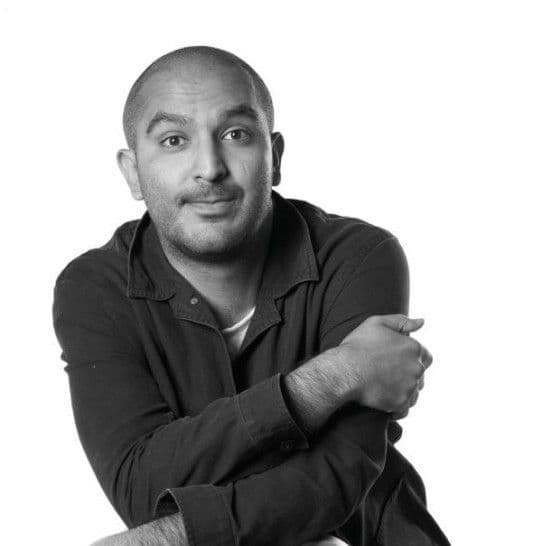
12. Charlotte McCurdy, Designer & Researcher (New York, USA / Taiwan)
Charlotte McCurdy is a designer and researcher focused on reimagining how materials can directly respond to climate change. Based in New York and connected with institutions such as Arizona State University and Stanford d.school, she explores new forms of sustainable fashion through biomaterials.
Key Projects:
- Algae Sequin Dress — a petroleum-free gown created in collaboration with designer Phillip Lim for the Slow Factory Foundation’s One X One initiative. The dress is covered entirely in algae-derived bioplastic sequins and a carbon-neutral fabric base; it is now part of the Metropolitan Museum of Art’s collection.
- After Ancient Sunlight Raincoat — a carbon-negative raincoat crafted from algae-based bioplastic, presented at the Cooper Hewitt Design Triennial and winner of the Experimental Category at the 2019 Fast Company Innovation by Design Awards.
Material / CMF Approach: McCurdy develops bio-based plastics that are both visually compelling and functional — from reflective algae sequins to translucent films. Her work merges tactile beauty with storytelling, transforming materials into active conversations about climate and future possibilities.
Recognition:
- Winner of Fast Company Innovation by Design Award (Experimental Category, 2019)
- Exhibited at major venues, including the Cooper Hewitt, The Met, and the Design Museum London
- Featured in leading publications such as The New York Times, Vogue, Dezeen, and The Guardian for her regenerative design work
What Tocco loves: Brings climate awareness to the surface, adorning the body with materials that heal the planet, wrapping sustainability in seduction.
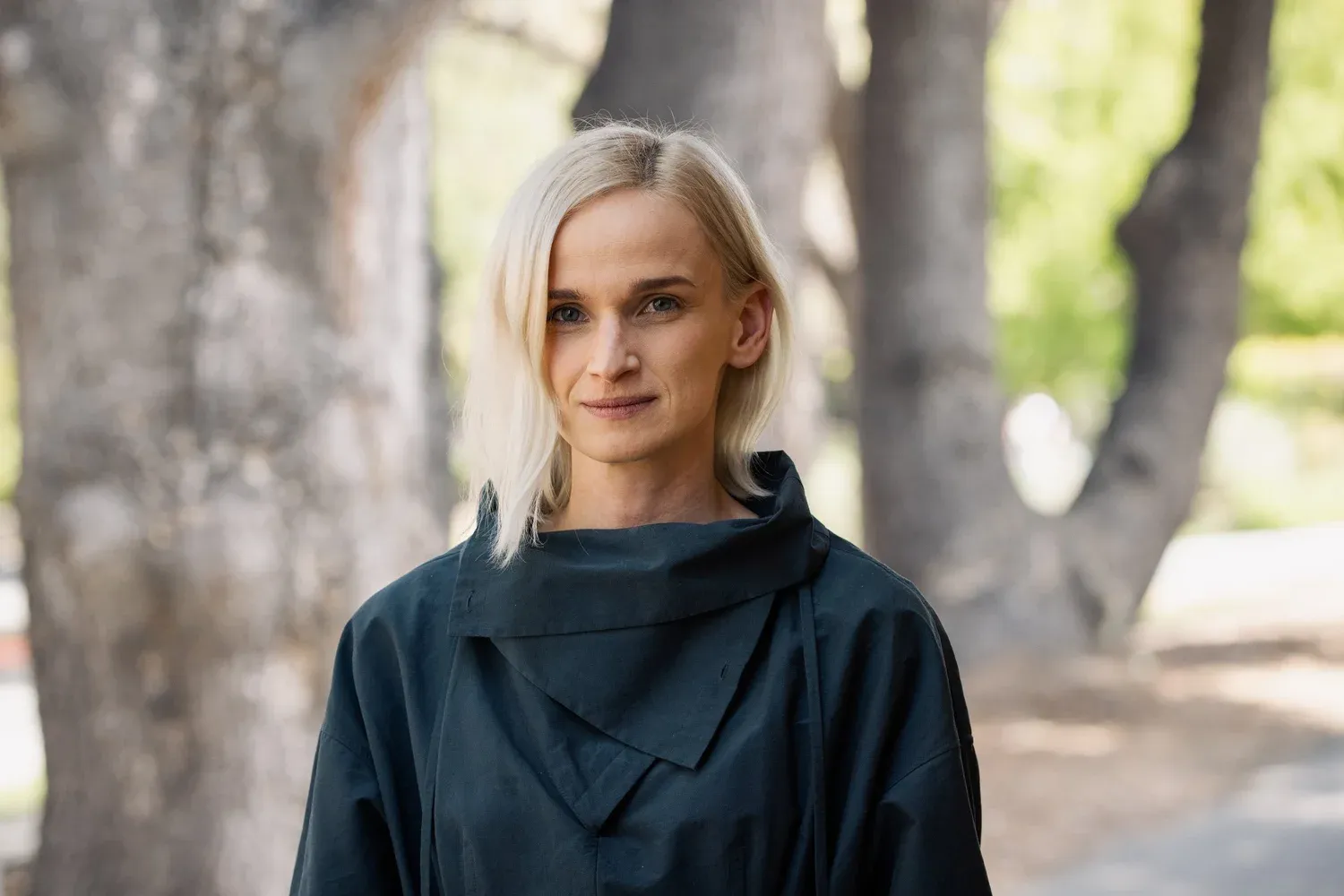
13. Anouk Wipprecht, FashionTech Designer (Netherlands / USA)
Anouk Wipprecht is a Dutch FashionTech designer whose experimental techno-couture merges robotics, sensors, and style into garments that react to the world around them. Her creations blur the line between costume and cyborg, exploring how fashion can express and even defend the self.
Key Projects:
- Spider Dress 2.0 — equipped with animatronic “legs” powered by Intel Edison that extend outward when someone enters the wearer’s personal space.
- Smoke Dress — a 3D-printed polyamide gown that emits a protective cloud of smoke when approached.
- DareDroid / Drinkbot — cocktail-making robotic dresses that mix and serve beverages interactively.
- Synapse Dress — uses biometric sensors and Intel Edison to log the wearer’s “mood” and data through subtle visualisations.
- Agent Unicorn — an EEG-enabled headpiece designed to detect attention levels.
Material / CMF Approach: Wipprecht embraces 3D-printed polymers, exposed circuitry, LEDs, and moving parts as integral aesthetic elements. Black and white polyamide structures, translucent sections, and flowing silhouettes allow the technology to become visible while still elegant, often channeling futuristic gothic or Baroque inspiration.
Recognition:
- TED speaker on FashionTech and human-machine interaction.
- Artist in Residence at Autodesk Pier 9 (2014), where she further developed the Smoke Dress.
- Spider Dress exhibited at CES 2015, drawing global attention to interactive couture.
- Her works have been presented worldwide and incorporated into live performances by international artists.
What Tocco loves: magines wearables as extensions of the self, protective, expressive, and instinctive, where sensors and servos grant garments a life of their own.
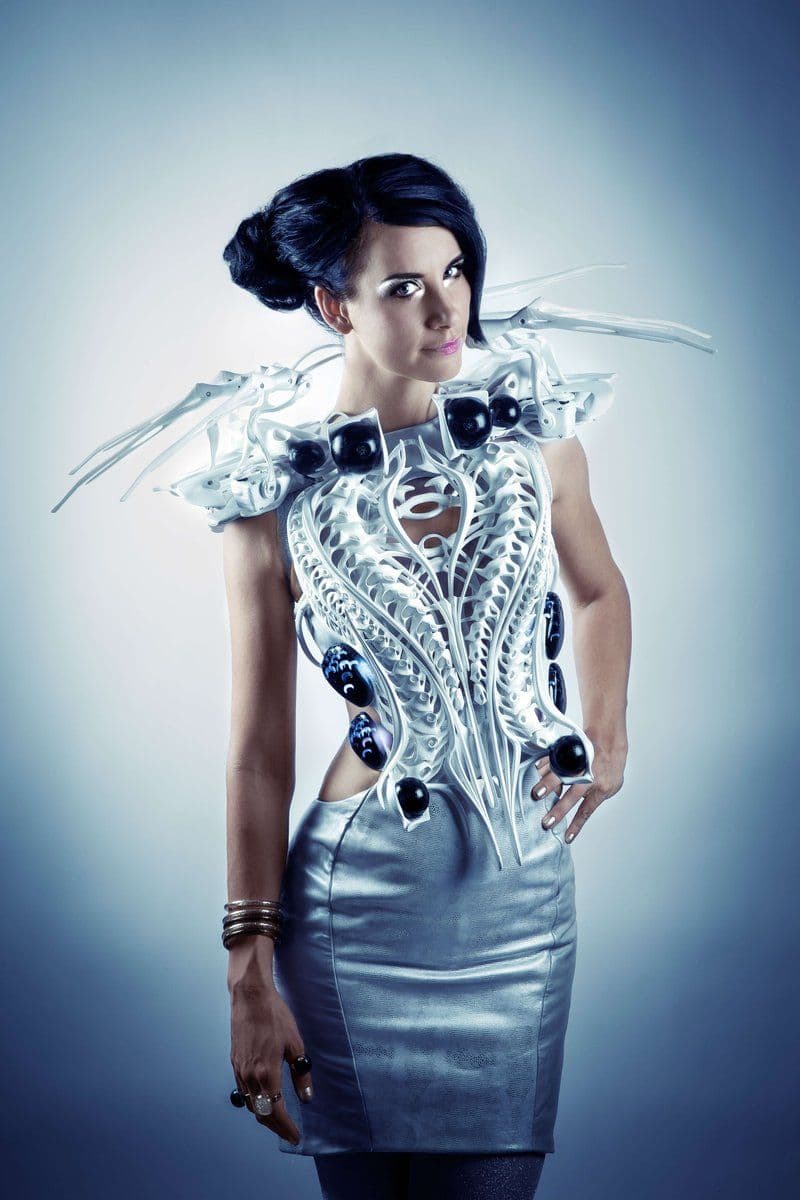
14. Behnaz Farahi, Interactive Designer & Assistant Professor (USA / Netherlands/Iran)
Behnaz Farahi is an Iranian-American architect, educator, and interdisciplinary designer celebrated for her interactive and kinetic wearables. Farahi creates garments that physically respond to human presence, emotion, and gaze, blending architecture, fashion, and wearable technology into living systems.
Key Projects:
- Caress of the Gaze Collar — a 3D-printed, wearable collar that tracks surrounding gazes and responds with movement, created during her Autodesk Pier 9 Artist in Residence.
- Opale — a soft-robotic wearable embedded with fiber-optic “fur” that reacts to onlookers’ facial expressions (e.g., anger or surprise) through biomechanical motion.
- Bodyscape — a 3D-printed fashion piece embedded with LEDs that light up according to the wearer’s movement, creating animated, flowing patterns tied to body motion.
- Synapse Helmet — a multi-material 3D-printed headpiece that moves and lights up according to the wearer’s brain activity, detected via EEG.
Material / CMF Approach: Farahi uses multi-material 3D printing, combining rigid and flexible polymers, shape-memory alloys, fiber optics, and micro-actuators. Her aesthetic emphasizes form and movement — often in monochromatic palettes — where textures like spikes, scales, or embedded LEDs become expressive extensions of the body.
Recognition:
- Winner of the World Technology Award in Design (2016).
- Artist in Residence at Autodesk Pier 9, where she developed the Caress of the Gaze project.
- Exhibited internationally at Ars Electronica, **Milan Fashion Week, SIGGRAPH, and Museum of Science and Industry, Chicago.
- Currently a professor (Assistant Professor), contributing to the fields of responsive materials and interactive design.
What Tocco loves: Blurs art and engineering, creating wearables that breathe, shiver, and sway, imagining a future where our clothing literally responds to our emotions.
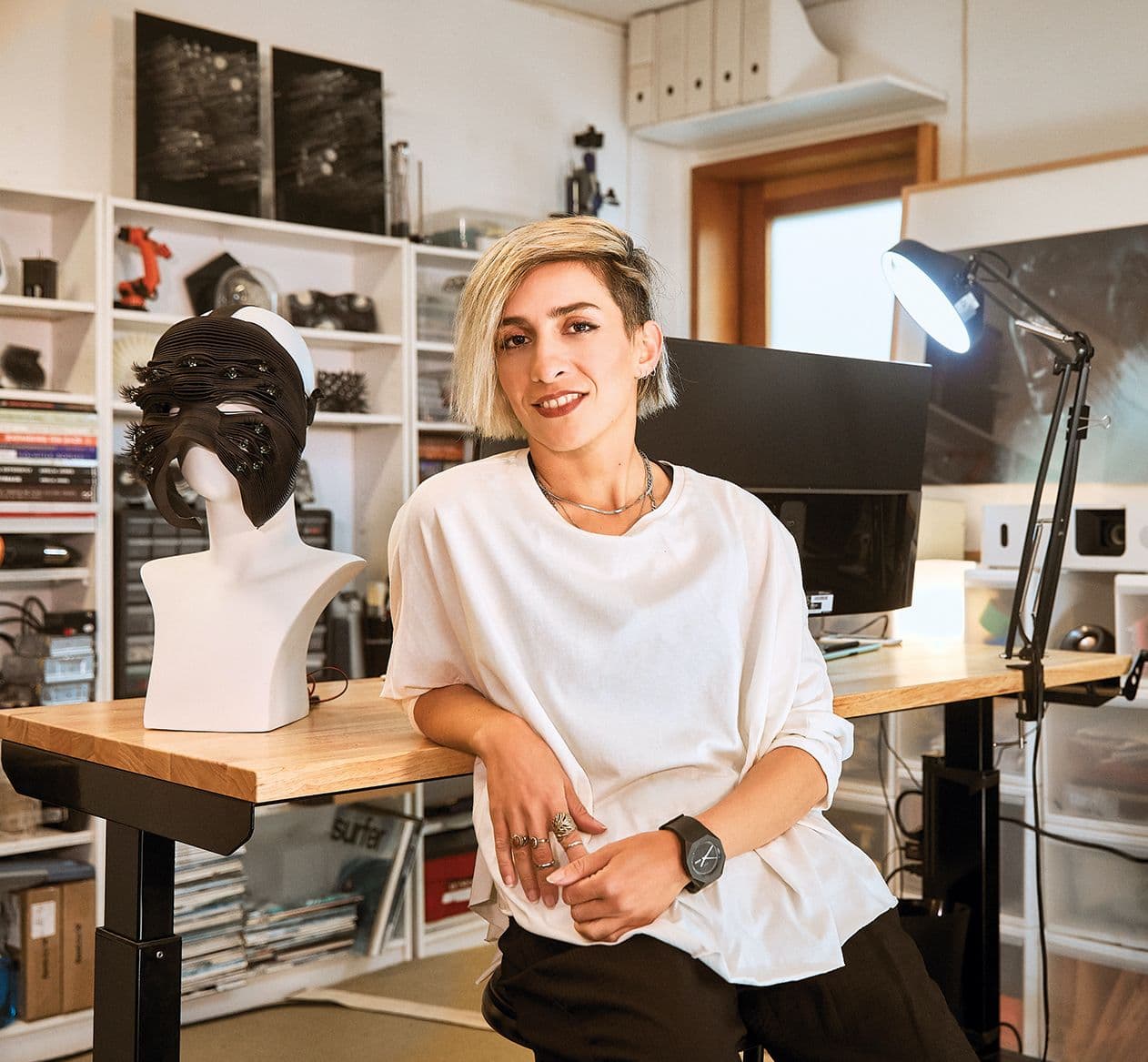
15. Urška Sršen, Co-founder & CCO, Bellabeat (USA / Slovenia)
Urška Sršen is the Co-founder and Chief Creative Officer of Bellabeat, a San Francisco–based wellness technology company designed for women. Sršen is recognized for designing the company's Leaf smart jewelry line, wearable devices that look like leaf-shaped pendants while tracking activity, sleep, stress, and menstrual cycles.
Key Projects:
- Bellabeat Leaf Nature and Leaf Urban — elegantly designed health trackers that can be worn as pendants, clips, or bracelets, featuring organic-inspired forms and intuitive interfaces.
- Bellabeat Ivy — a high-end wellness tracker styled like luxury jewelry, designed to support holistic health monitoring.
Material / CMF Approach: Sršen’s design philosophy integrates natural materials and wellness-inspired aesthetics. The original Leaf featured FSC-certified ash wood paired with patterned stainless steel, creating a garment-like tech accessory rather than a gadget. Her design palette favors subdued, nature-inspired tones such as wood grain, rose gold, and silver, conveying both elegance and discretion.
Recognition:
- Named Forbes 30 Under 30 Europe (Technology, 2016).
- Bellabeat's products have won Red Dot and IDA design awards.
- Bellabeat was named among the most innovative mobile products of 2015 by Digital Trends.
- Sršen was named Croatia’s best female entrepreneur (Veuve Clicquot, 2016) and received Slovenia’s Apple of Inspiration award (2016).
- A frequent speaker at FemTech and design forums on inclusive design.
What Tocco loves: Proves that wearable tech can feel like an extension of your natural self, syncing with biorhythms while looking at home with artisan jewelry.
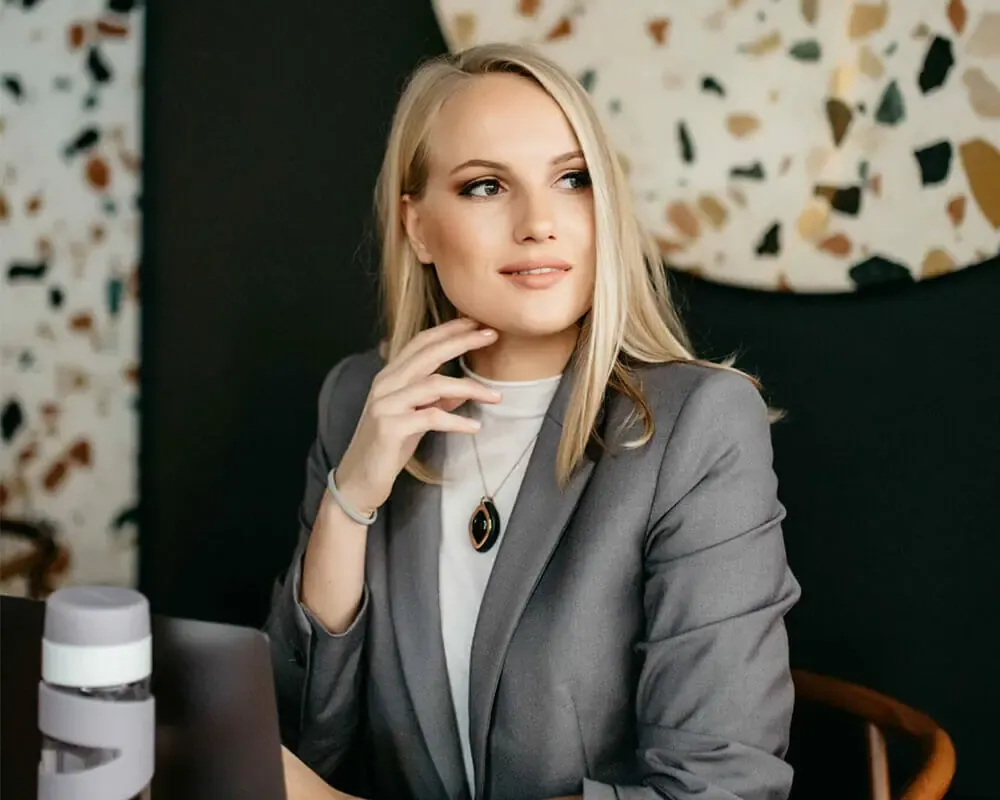
16. Botao “Amber” Hu, Designer & Technologist; Founder, Reality Design Lab (USA / China)
Botao “Amber” Hu is a designer, technologist, and founder of Reality Design Lab, known for bringing a maker’s ethos to the frontier of augmented reality. He is the inventor of HoloKit, an open-source mixed-reality headset that transforms an iPhone into an immersive AR device.
Key Projects:
- HoloKit 1 — a cardboard-based prototype (2017) that made AR accessible at minimal cost, echoing Google Cardboard’s role in VR.
- HoloKit X — a next-generation optical see-through headset launched in 2022, enabling spatial computing experiences with iPhones; winner of the Silver A’ Design Award (2024).
- Educational AR tools — developed open-source frameworks for collaborative mixed-reality learning.
Design Philosophy & Material Approach: Hu’s design work blends high-tech and low-tech strategies: from cardboard and simple lenses in early builds to refined optics and smartphone-driven mixed reality in HoloKit X. His emphasis on playful, intuitive interfaces lowers barriers to entry, making advanced XR accessible to students, creators, and developers.
Recognition:
- A’ Design Award Silver Winner (2024) for HoloKit X.
- Red Dot and iF Design Award honoree.
- Core77 Design Awards (2023): Runner Up in Emerging Technologies and Notable in Consumer Technology.
- Good Design Award (2024) for HoloKit X.
- Speaker at SXSW 2025, presenting on the future of AR and wearables.
What Tocco loves: Brings a maker’s ethos to AR, proving that with ingenuity, augmented reality can be crafted on a kitchen table and enjoyed by anyone curious enough to dream.
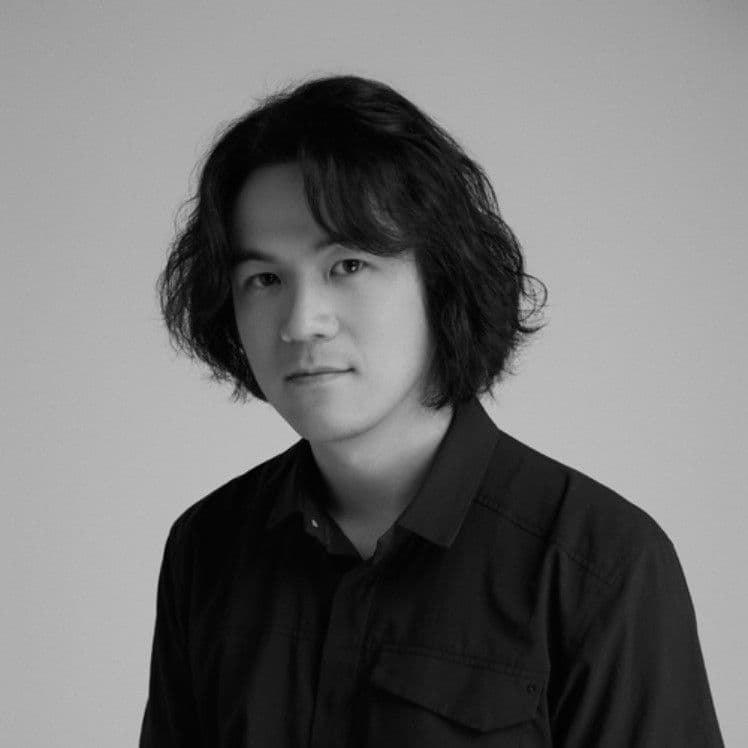
17. Jon O’Toole, co-founder and CEO of CONVOY by MML(London, UK)
Jon O’Toole is the co-founder and CEO of CONVOY by MML, a company innovating in micromobility solutions with a focus on accessible and sustainable urban transportation. Previously, he was the lead designer at Elvie, a pioneering femtech company, where he designed the world’s first silent and wearable breast pump, the Elvie Pump, the world’s first silent, wearable breast pump, which slips discreetly into a bra.
Key Projects:
- Elvie Pump — a cordless, quiet, and fully wearable breast pump that frees mothers from the bulky, noisy devices of the past. Its reimagined form factor gives users the freedom to pump milk anywhere, without compromising comfort or dignity.
Design Philosophy & Material Approach: O’Toole and his team designed the pump around women’s needs and discretion, prioritising silence, lightweight comfort, and compact form. The biomorphic design integrates soft-touch finishes and minimal visible parts, allowing the device to blend seamlessly into daily life. Translucent elements offer practical visibility for monitoring, while the overall design remains sleek and unobtrusive.
Recognition:
- The Elvie Pump has won multiple international awards, including an IDA Design Award and a Dezeen Award (2019).
- Featured in the London Design Museum’s Beazley Designs of the Year exhibition.
- Celebrated in case studies and design forums as a benchmark for user-centred design in femtech.
What Tocco loves: Transforms utilitarian medical gadgets into elegant, liberating accessories, technology that fits into life’s most personal moments, instead of interrupting them.
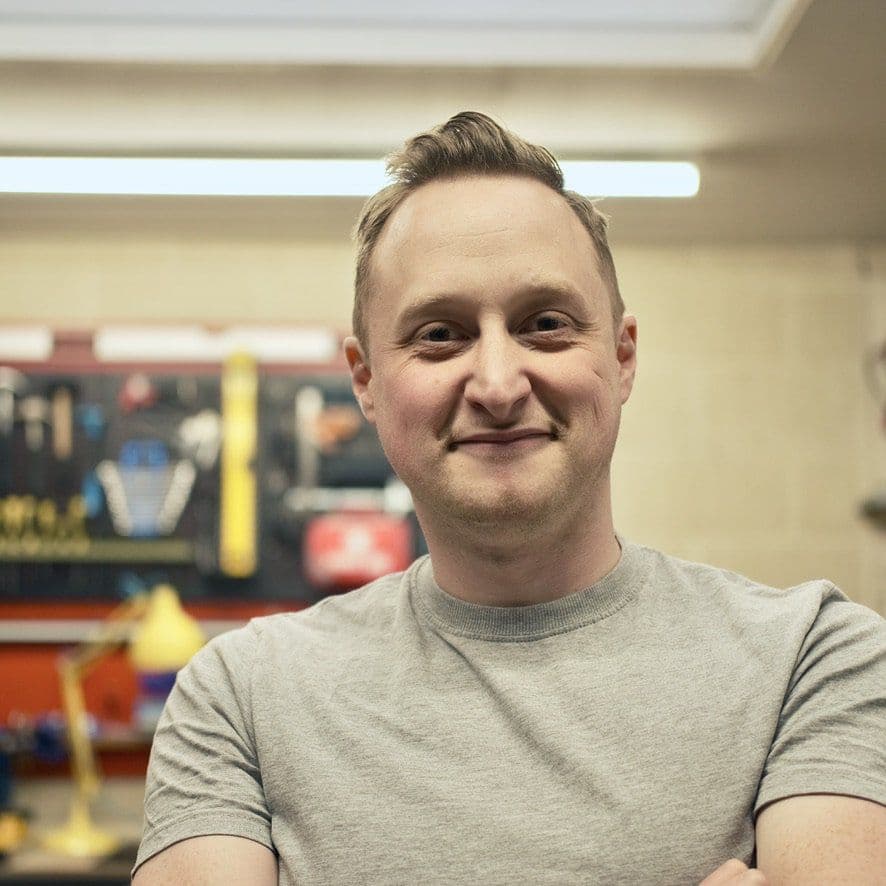
18. Jakob Wagner, Independent Designer (Copenhagen, Denmark)
Jakob Wagner is a Danish industrial designer born in Copenhagen in 1963, renowned for his contribution to modern audio wearables and Scandinavian design.
He holds a B.Sc. in Design Engineering from DIA-M in Denmark and a Product Design degree from the Art Center College of Design in Switzerland.
Since founding Jakob Wagner Studio in 1993, his work has spanned high-tech products, furniture, and consumer electronics, notably his audio designs for Bang & Olufsen.
Key Projects:
- Bang & Olufsen H8 and H9 — premium over-ear headphones combining advanced acoustics with elegant, minimal design.
- Beoplay E8 — true wireless earbuds noted for their compact form and refined finish.
- Urbanears modular headphones — playful, interchangeable designs targeted at younger, style-conscious listeners.
Design Philosophy & Material Approach: Wagner’s design philosophy embraces Danish principles of simplicity, functionality, and emotional resonance, focusing on creating balanced tensions between opposites (like symmetry/asymmetry, hard/soft). His material and CMF approach uses premium finishes such as anodized aluminum, soft leathers, and textiles with matte surfaces and muted palettes, occasionally accented by bold seasonal colors for freshness.
Recognition:
- Winner of multiple international design awards, including Red Dot and iF Design Awards.
- Named Best Danish Designer of the Year (2008).
What Tocco loves: Delivers “sound wearables” that please the senses, not just through acoustics, but through every surface the user touches and sees.
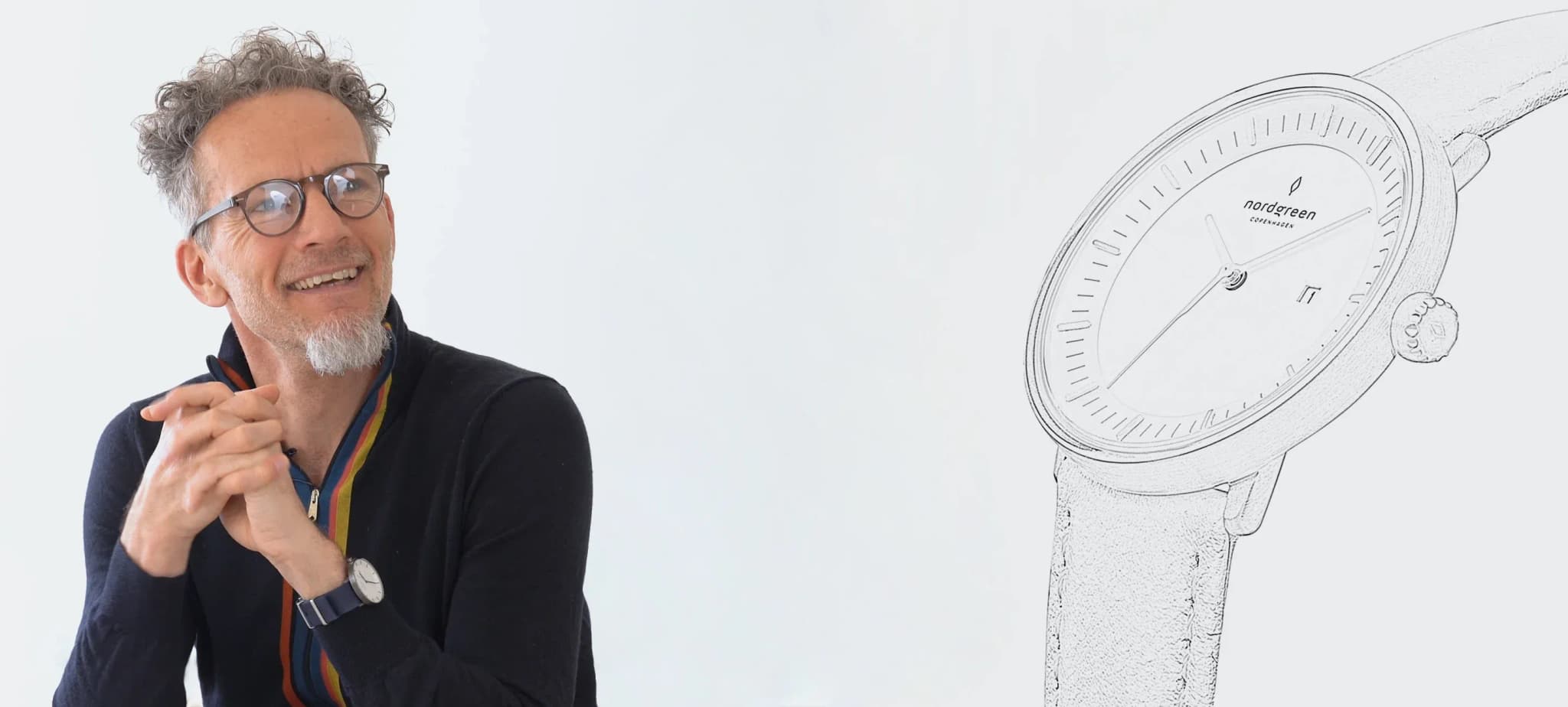
19. Isabelle Olsson, Industrial Design Director, Google (Sweden / USA)
Isabelle Olsson is a Swedish industrial designer best known for leading the redesign of Google Glass, turning it from a prototype into wearable eyewear with style. She introduced more approachable frame styles and finishes that helped make the device less intimidating and more personal.
Now as Industrial Design Director at Google, Olsson oversees color, materials, and finish across the company’s hardware portfolio, from smart speakers to wearables. She is credited with steering Google towards warmer, lifestyle-driven aesthetics, such as the knitted fabric covering of the Google Home Mini. Her design philosophy consistently aims to make technology feel friendly and human, a balance of tactility, optimism, and everyday usability.
Key Projects:
- Google Glass redesign — introducing lightweight frames, fashion-inspired styling, and greater personalization.
- Google Home series — domesticated smart hardware through fabric, soft finishes, and approachable forms.
Design Philosophy & Material Approach: Olsson champions soft, inviting materials and approachable colors, favouring fabrics, matte textures, and rounded silhouettes to make devices fit naturally into homes and lives. Her palettes blend warm neutrals with playful accents, echoing Google’s design language of optimism and accessibility.
Recognition:
Profiled by Fast Company, Business Insider, and WIRED as one of the leading voices in merging fashion with consumer tech.
What Tocco loves: Bridges Silicon Valley and style, ensuring wearables aren’t just technically advanced, but also chic, comfortable, and true to personal expression.

20. Asta Roseway, Principal Research Designer, Microsoft Research (USA)
Asta Roseway is a Principal Research Designer at Microsoft Research, where she describes herself as a “Fusionist” blending art, science, and technology. Her work spans affective computing, smart textiles, and environmental sensing, creating experimental wearables that merge wellbeing with self-expression.
Key Projects:
- DuoSkin — co-created with Cindy Kao, temporary tattoo-like circuits that transform skin into an interactive interface.
- SWARM — an actuated wearable that uses modular soft circuits to respond to the wearer’s emotional state and environment.
- Climate Dress — created in collaboration with Diffus, a garment embroidered with circuits and LEDs that visualise air quality data in real time.
Design Philosophy & Material Approach: Roseway often explores responsive fabrics, light, and electronics, turning clothing into interactive canvases. From embroidered circuits to LED-studded surfaces, her designs frame technology as both functional and expressive, often carrying a cyber-fashion aesthetic while addressing wellbeing, mood, or environmental awareness.
Recognition:
- Named a Woman of Wearables influencer, highlighting her role as an advocate for inclusive, human-centred technology.
- Her projects have been featured internationally in exhibitions and design discussions, with her work frequently cited in conversations about empathy and diversity in technology.
What Tocco loves: Envisions wearables as a new form of empathy, garments and accessories that not only sense our needs and environment, but help us connect more deeply with ourselves and others.
